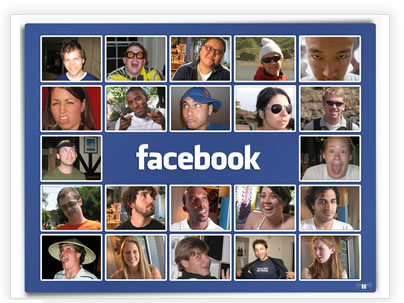Media lighting
View more documents from AlanaFormanMedia.
 On Tuesday 5th April we went to Working Title. It was really interesting to meet the founder of WT as well as the people behind productions.
On Tuesday 5th April we went to Working Title. It was really interesting to meet the founder of WT as well as the people behind productions. SJ works in the production department. She talked a lot about Atonement which cost £17 million to make. The beach scene was particularly interesting how they created it, as they used local Army men as extras, and used a technique call tiling to make it look like more people. The director Joe Wright wanted the perfect sunset for the scene, so they had to wait all day to film the scene.
SJ works in the production department. She talked a lot about Atonement which cost £17 million to make. The beach scene was particularly interesting how they created it, as they used local Army men as extras, and used a technique call tiling to make it look like more people. The director Joe Wright wanted the perfect sunset for the scene, so they had to wait all day to film the scene.
 Mise-en-scene
Mise-en-scene Web 2.0 is a new version of internet which actually allows users to interact with the subject, rather than just consuming it. users can create their own media to post on websites, get feeback, discuss things, create their own blogs or profiles and interact with each other.
Web 2.0 is a new version of internet which actually allows users to interact with the subject, rather than just consuming it. users can create their own media to post on websites, get feeback, discuss things, create their own blogs or profiles and interact with each other.  websites such as youtube does just that, anyone can create a video, post it online, get people to comment on it, and watch others' videos. Also social networks such as faceook, and blogs allow users to create profile to post information, pictures, videos and opinions for other people to view.
websites such as youtube does just that, anyone can create a video, post it online, get people to comment on it, and watch others' videos. Also social networks such as faceook, and blogs allow users to create profile to post information, pictures, videos and opinions for other people to view. 
 The Game show, Bamboozle, will be converged in several ways. Firstly it will feature as a computer game for the wii, xbox and playstation, and also as a download for your iPhone. This allows the audience to participate in the game, even if they are not able to go on the show. The show will have it's own website, in which live episodes can be watched, which has several features such as being able to choose which camera to watch the show from, allowing them to see the contestents faces and expressions close up, and to be immersed in the action. It will feature profiles from all the previous winnerss of the show, and have competions and downloads available. The main feature of the website, however, is that people can sign up to be included in the draw to be contestents on the next show. A selcetion of people get chosen at random, who then have to complete another task before they are entered into the show.
The Game show, Bamboozle, will be converged in several ways. Firstly it will feature as a computer game for the wii, xbox and playstation, and also as a download for your iPhone. This allows the audience to participate in the game, even if they are not able to go on the show. The show will have it's own website, in which live episodes can be watched, which has several features such as being able to choose which camera to watch the show from, allowing them to see the contestents faces and expressions close up, and to be immersed in the action. It will feature profiles from all the previous winnerss of the show, and have competions and downloads available. The main feature of the website, however, is that people can sign up to be included in the draw to be contestents on the next show. A selcetion of people get chosen at random, who then have to complete another task before they are entered into the show.